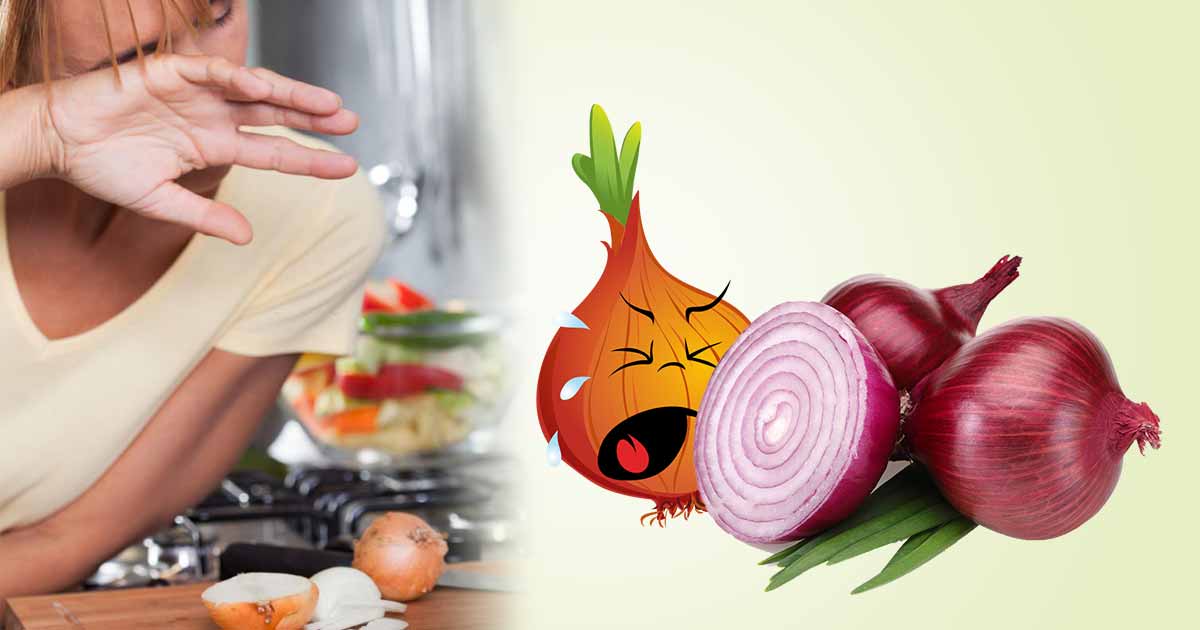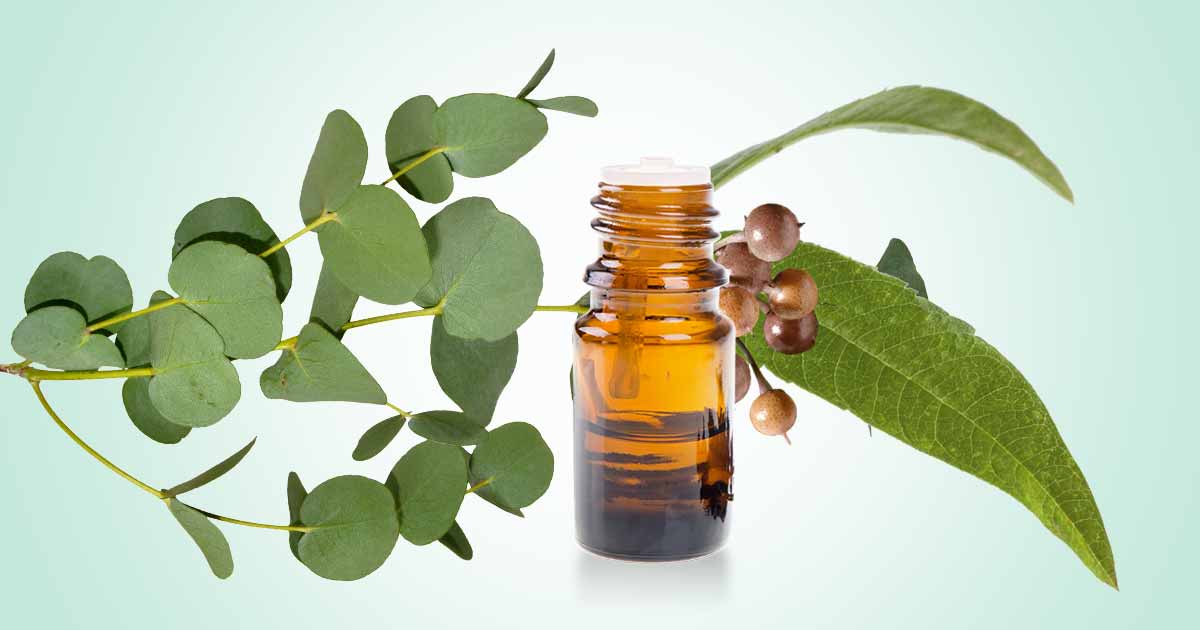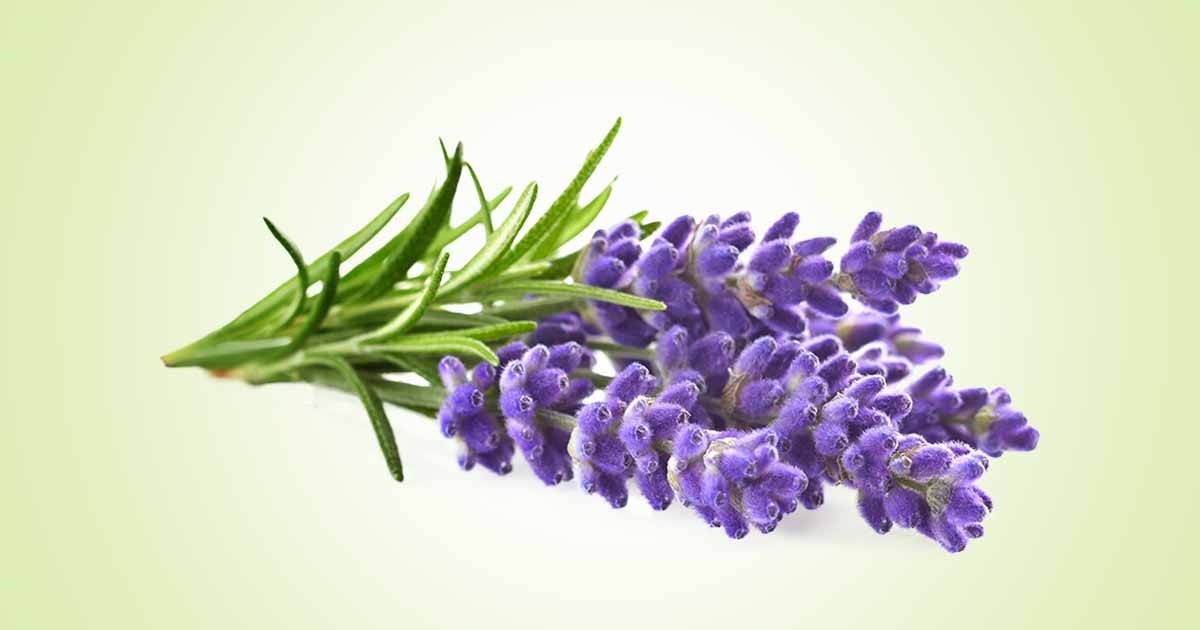Onions (Allium cepa), also called bulb onion or garden onion, belongs to the genus Allium. It is closely related to garlic. It is one of the most cultivated vegetable in the world. The onion has a single shoot that grows above ground, while the bulb remains underground.
There are many varieties of onions such as yellow, red, white, sweet, green onions, shallots, and leeks. Onion is characterized by aromatic, tangy, spicy, sharp and sweet taste. It can be consumed raw or canned, frozen, chopped, pickle, caramelized, powdered or dehydrated. Green onions can be refrigerated, while other onion varieties are stored at room temperature in well-ventilated spaces.
Onions have compounds such as thiosulfinates and disulfides, which impacts antioxidant, antimicrobial, anticancer, cardioprotective, anti-inflammatory, antiplatelet-aggregation, anti-diabetic, hypolipidemic/weight loss effects.
Reasons Why do Onions Make You Cry?
Though there are tearless onions which are of high demands, most onions varieties has the major characteristics of being pungent and making us produce tears. This is very discomforting for most consumers.
When onions are cut, lachrymatory factor (LF) (propanthial S-oxide), and thiosulphinate (responsible for the flavor and production of biological active compounds in onions) are formed.
The pungent and tear producing nature of onion is caused by production of the lachrymatory factor (LF) or propanthial S-oxide. Lachrymatory factor was identified as propanethial S-oxide by Brodnitz and Pascale many years ago. LF is formed from 1-propenyl sulphenic acid by lachrymatory factor synthase (LFS). The 1-propenyl sulphenic acid is a reaction product derived from 1-propenyl cysteine sulfoxides ((E)-PRENCSO) by alliinase.
To understand better, when onions are cut or sliced, the onion cells cause the enzymes alliinases to break into amino acid, sulphoxides producing sulphenic acids, an unstable compound. After cutting the onions, a specific sulfenic acid, 1-propenesulfenic acid, is formed. It is acted upon by another enzyme, lachrymatory factor synthase(LFS), forming syn-propanethial-S-oxide.
Syn-propanethial-S-oxide (allyl sulphate) is a volatile gas known as lachrymatory factor or LF. When this gas diffuses in the air and reaches the eyes, it activates the sensory neurons, causing stinging sensation and irritation to the eyes. The tear gland (lachrymal glands), in response to this, produce tears to flush out the irritant. Lachrymatory-factor differentiate onions from garlic. Lachrymatory compounds are chemicals that produce such effects on the eyes.
How to Prevent Tearing while Cutting Onions
Apply an ample supply of water to the eyes while chopping or cutting the onions, It prevents the gas from reaching the eye, and eventually protect from eye irritation. Other precautions include lighting a match, and wearing sealed goggles with a foam seal.
Tearless Onions
The desire for tearless and low-pungency onions has been on the increase in the US, and the UK, as some consumers struggle with the propanthial S-oxide or lachrymatory factor (LF) induced tearing after onion bulbs are cut.
The low pungency can be achieved by low sulfur uptake or growth in sulfur deficient soils. Genetic modification, mutagenesis, or conventional plant breeding procedure may be used to produce non-pungent and tearless onions.
Long before, it was believed that lachrymatory factor was formed spontaneously by action of alliinase after cutting. However, LF is formed only in the presence of its synthase (LFS), alliinase (AL) and PRENCSO. The evidence of this is proven when allicin from garlic was added to PRENCSO, and there was no production of lachrymatory factor, but only increase in the yield of thiosulphinate.
It is possible to develop tearless onions by inhibiting the lachrymatory-factor synthase gene while increasing the yield of thiosulphinate.
Another method of producing tearless onions could be by downregulating alliinase, but this could cause the loss of nutrition, flavor, and other health benefits associated with onions.
However, most tearless and low-pungent onions have relatively high moisture and poor storage.
References:
- https://www.researchgate.net/publication/296796112_Tearless_Onion
- https://www.ncbi.nlm.nih.gov/pmc/articles/PMC4822150/
- https://www.academia.edu/14796152/Why_Onions_Give_Tears
- https://www.nature.com/articles/419685a












